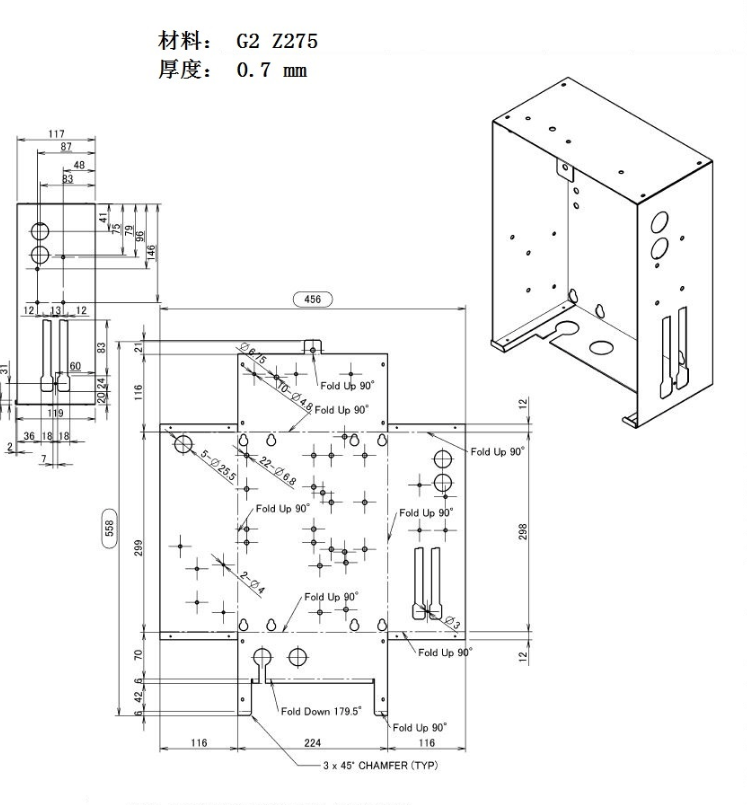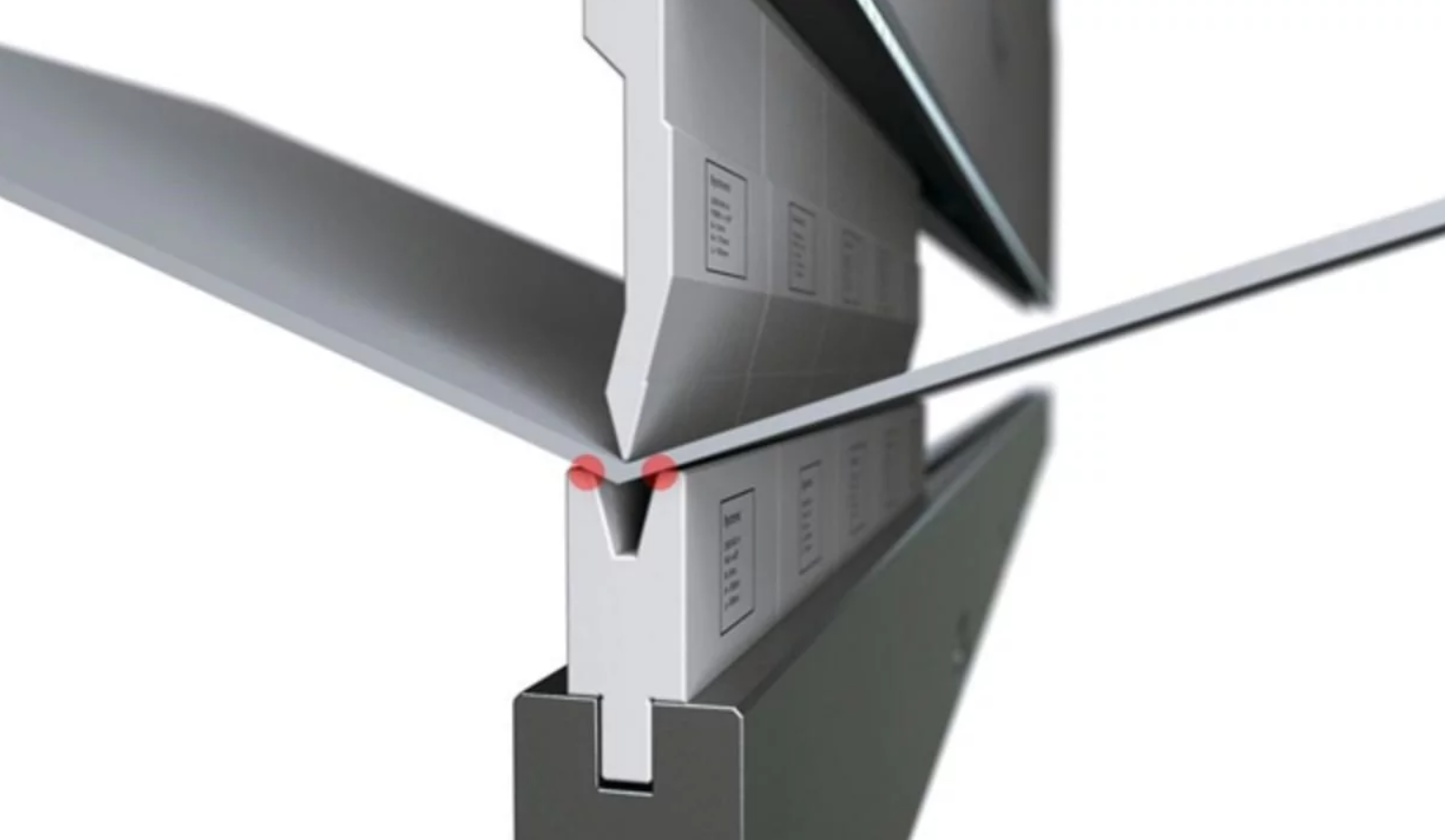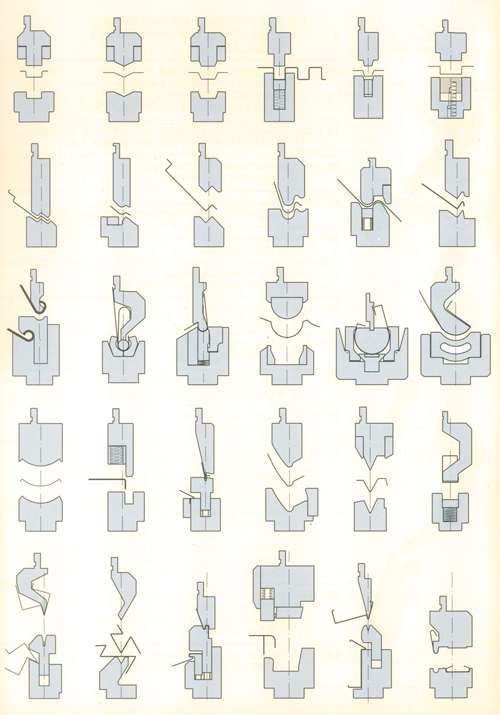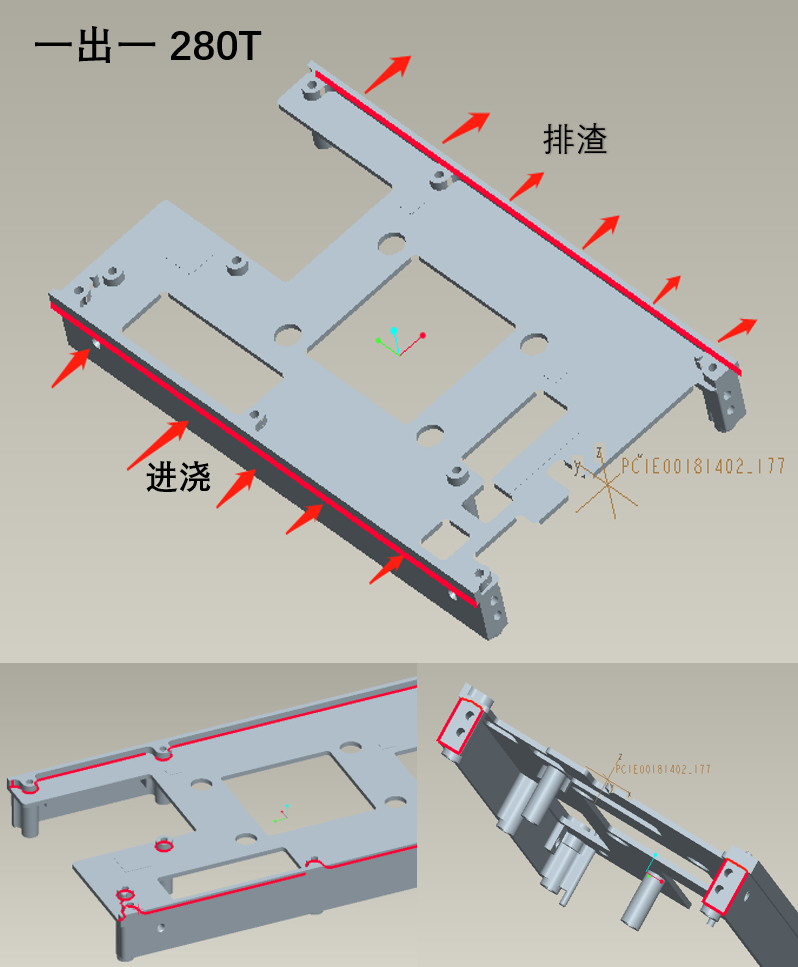
Powerful process development services are a key factor in consistently providing high-quality products at the lowest cost. OREA Engineering is an integrated design and manufacturing engineering company with over 20 years of experience in sheet metal design and manufacturing, which enables us to develop and optimize manufacturing processes. Can assist your company in meeting all your precision sheet metal processing needs.
Generally speaking, small batches of 1-10000 parts tend to be bent, while parts with 10000 or more tend to be stamped (although there are exceptions). The design considerations for these two processes are completely different, as stamping molds can achieve more complex geometric shapes and high one-time costs. Therefore, during the drawing design phase, engineers need to determine which process to use to implement the mass production plan based on a customized plan.

Sheet metal materials themselves are relatively weak and have ductility (similar to paper in origami), but with careful design, they can be bent and folded into sturdy, lightweight, and easy to manufacture things. The fact that the strength of sheet metal components comes from geometric shapes makes sheet metal design slightly more complex; The enormous pressure of these presses forces the sheet metal to form, and the finished components pop out from the end of the press. On the other hand, bending involves cutting the metal into a certain shape before placing it into a bending machine, bending it one at a time on the part.
There are two main methods of manufacturing sheet metal parts: bending or stamping. Both involve taking a flat piece of thin metal and shaping it into its final shape, but their manufacturing process is vastly different. During the stamping process, the metal plate is inserted into a large press to press the metal in a series of forms. Stamping can run thousands or even hundreds of thousands of components very quickly without much operator interaction, at the cost of requiring very expensive stamping molds and being used in conjunction with expensive presses.

1) Process drawings, development and qualification
2) Production line design and modeling
3) Work instruction development
4) Design and manufacturing of assembly fixtures and fixtures
5) Design and manufacturing of manufacturing testing equipment
6) Process prototype design and validation
7) Cycle time and productivity improvement
8) Engineering change management

CAE analysis is represented by PROCAST, MAGMA, FLOW-3D, etc. The simulation is based on the calculation results of filling flow and velocity distribution. Quickly and scientifically designing the entire casting system (gate, runner, overflow channel, etc.) of a die casting mold is a very useful tool. Optimize the process parameters of the casting process, reduce the number of product mold trials, reduce casting costs, and improve product quality. CAE software is used for general analysis of filling, solidification, pore distribution and velocity distribution report.
1) Is the overall structure reasonable? Is the draft angle sufficient.
2) Is the product thickness reasonable? Is there any unevenness in thickness.
3) Can too many rows simplify the product, reduce or eliminate rows, or consider processing.
4) Can inclined roofs be avoided or replaced with other structures as much as possible, and the use of inclined roofs should be minimized.
5) Is there a suitable location for mold design to facilitate the production of internal gates, slag bags, ejector pins, etc.
6) Are there any areas in the corners of the product that can cause the mold to produce thin or pointed steel.
7) Use rounded corners as much as possible for those that can be rounded (except for those with assembly or special requirements).
8) Is the overall size reasonable and the tolerance requirements reasonable.
9) Whether the special appearance requirements can be met, and whether the hole position is needle drawn or processed.
Bulk Supply
From professional Engineering design to prototyping and small batch manufacturing, OREA Engineering helps smooth the transition from your product input to high volume production according to your custom requirements, helping you get your product to market in record time...
Sheet Metal/CNC
In the previous sheet metal and machined parts design stage, engineers have a good understanding of the metal forming process, among which sheet metal processing requires the most experience of engineers, it basically consists of four steps: punching, forming, insertion and finishing...

FULL SUPPLY CHAIN
SOLUTION from
DESIGN to PRODUCTION
CONTACT US
+86 18600523371